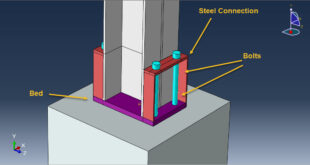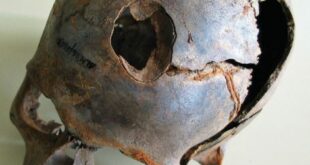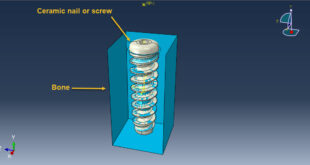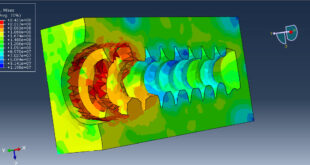Explosions, whether accidental or planned, can cause significant damage to the built infrastructure and result in fatalities to occupants of buildings in close proximity to the center of explosion. The increase in the number of terrorist attacks over the past few decades has led to growing concerns about the performance of buildings designed for aesthetics and economy when subjected to blast loading. The United States Federal Emergency Management Agency (FEMA) reports that approximately one in every two terrorist attacks involves the use of explosives. Thus, if a terrorist action is suspected, it is very likely to involve the use of explosives. Furthermore, the terrorists attacks on the Alfred P. Murrah Building in Oklahoma City and the World Trade Center in New York City and many more around the world have revealed the blast load vulnerability of buildings designed and constructed without due consideration to blast loading. Many researchers are, thus, seeking to understand the behavior of structural elements under blast loading and to develop mitigation/retrofit measures to protect critical buildings and infrastructure systems against blast loading.Retrofitting an existing building for improved blast resistance can be expensive. However, as structures designed to resist one load type can often have capacity to resist a different load type, it is important to establish the blast resistance of structural elements designed for other load types; e.g. seismic loads. Buildings designed to meet strength and ductility requirements, depending on the seismicity of a particular region and the importance of the building, could have inherent capacity to resist blast loading. Areview of the literature shows limited research work conducted to investigate the performance of seismically designed and detailed structural elements, in accordance with the Design of Concrete Structures , under blast loading. More specifically the blast response of elements not forming part of the seismic force resisting system (SFRS) but expected to undergo the same amount of lateral drift have not been extensively studied. Examples of such
structural elements are reinforced concrete (RC) columns in buildings with shear wall SFRS.
In this tutorial Simulation CEL(Couple Eulerian Lagrangian)explosion over reinforced concrete in Abaqus has been done. You can see a figure of assemble parts at below.Concrete column is modeled as three dimensional part with Johnson Holmquist material model,rebars as wire part with Johnson-Cook material model and TNT as three dimensional part with JWL material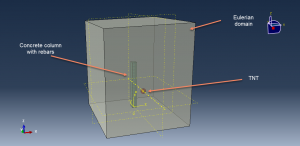
Dynamic explicit step with volume fracture method to define TNT in the CEL explosion is used and during the analysis the damage which made by TNT pressure inside the RC column is obvious and you can see some figures of this simulation at below
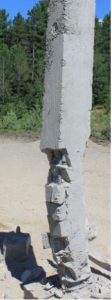
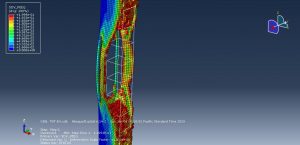
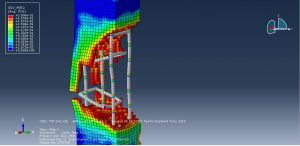
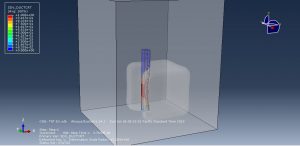
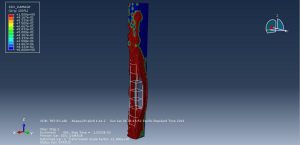
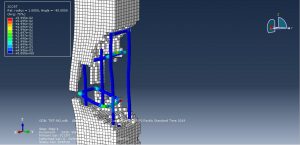
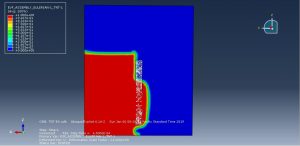
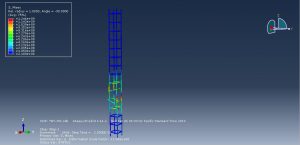
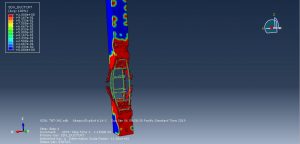
You can provide CAE ,INP,and English video files of this simulation here. The cost of these files is Thirty Euros. you can click on the bellow bottom to beginning process
You can purchase the tutorial through a PayPal account, a Visa, or a Master card, just before payment,send me an email to this address: karampourp@gmail.com
 آموزش آباکوس از مقدماتی تا پیشرفته/شبیه سازی در آباکوس/فیلم های آموزشی آباکوس آموزش آباکوس/ مقدماتی تا پیشرفته/شبیه سازی پدیده های مختلف در آباکوس/دانلود ویدئوهای آموزشی آباکوس
آموزش آباکوس از مقدماتی تا پیشرفته/شبیه سازی در آباکوس/فیلم های آموزشی آباکوس آموزش آباکوس/ مقدماتی تا پیشرفته/شبیه سازی پدیده های مختلف در آباکوس/دانلود ویدئوهای آموزشی آباکوس
